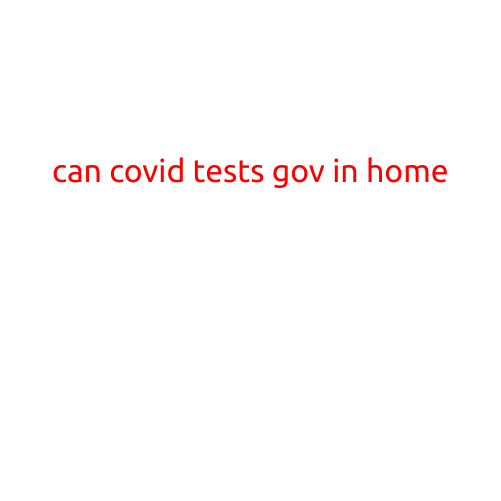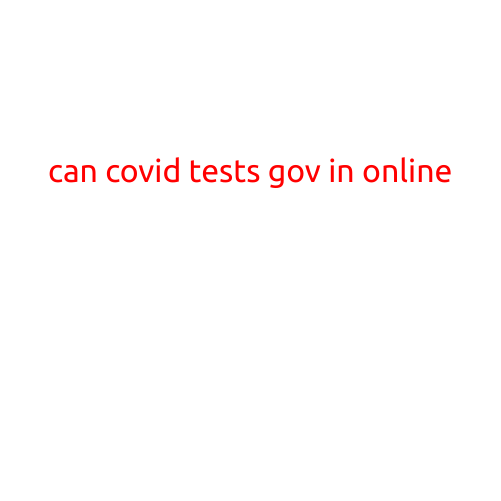
Can COVID Tests Go Wrong?
As the world continues to grapple with the COVID-19 pandemic, one of the most important tools in our arsenal against the virus is the COVID-19 test. These tests have become a crucial step in identifying infected individuals, tracking the spread of the virus, and informing public health policies.
However, like any medical test, COVID-19 tests are not always 100% accurate. In this article, we’ll explore the potential for COVID tests to go wrong, what causes errors, and what you can do to minimize the risk of a false result.
What are the common types of COVID tests?
Before we dive into the potential for errors, let’s quickly review the types of COVID tests available:
- Rapid antigen tests: These tests detect the presence of proteins on the surface of the virus, typically producing a result within 15-30 minutes.
- Molecular tests (RT-PCR): These tests detect the genetic material of the virus, typically producing a result within several hours.
- Antibody tests: These tests detect the presence of antibodies in a person’s blood, indicating if they’ve been infected with COVID-19 in the past.
What causes errors in COVID tests?
While COVID tests are designed to be accurate, there are several factors that can contribute to errors:
- Sampling errors: If the sample is taken incorrectly, contaminated, or is not representative of the individual’s nasal cavity, the test result may be incorrect.
- Equipment malfunctions: Faulty equipment, such as faulty testing machines or sensors, can lead to incorrect results.
- Laboratory errors: Human error, such as incorrectly labeling samples or misinterpreting test results, can occur during laboratory testing.
- Patient factors: Certain medical conditions, such as respiratory issues or allergies, can affect test results.
- Lack of standardization: Variations in testing protocols, materials, and equipment across different laboratories or regions can lead to inconsistent results.
The risks of a false positive
A false positive result occurs when a COVID test indicates a person is infected with the virus when they are not. This can lead to:
- Inconvenient and expensive follow-up testing: A false positive may require additional testing, including multiple visits to healthcare facilities and further exposure to healthcare workers.
- Mental distress and anxiety: A false positive diagnosis can cause significant emotional distress and anxiety, particularly for those who are already vulnerable to mental health issues.
- Public health implications: Inaccurate results can lead to misallocation of resources, misinformation, and delayed response to outbreaks.
The risks of a false negative
A false negative result occurs when a COVID test indicates a person is not infected with the virus when they are. This can lead to:
- Delayed treatment: A false negative may delay proper treatment, worsening symptoms and increasing the risk of hospitalization.
- Spread of the virus: A false negative can lead to the continued spread of the virus, as infected individuals may not self-isolate or take necessary precautions.
- Increased risk of severe illness: In the case of a false negative for people with severe underlying health conditions, failure to receive proper treatment may increase the risk of severe illness and hospitalization.
What can you do to minimize the risk of a false result?
While errors can occur, there are steps you can take to minimize the risk of a false result:
- Choose a reputable testing facility: Ensure the testing facility is certified, reliable, and follows established protocols.
- Follow proper sampling techniques: Pay attention to the testing instructions and ensure the sample is taken correctly.
- Report any concerns: If you have any issues or concerns with the test result, report them to your healthcare provider or testing facility.
- Stay informed: Stay up-to-date with the latest guidelines and recommendations from trusted health organizations and authorities.
Conclusion
While COVID tests are not infallible, understanding the potential for errors can help mitigate risks and reduce the impact of a false result. By choosing reputable testing facilities, following proper sampling techniques, and staying informed, we can work together to combat the pandemic and ensure the accuracy and effectiveness of COVID tests.





